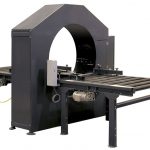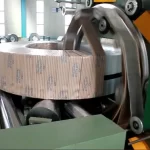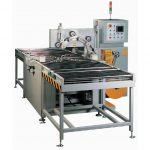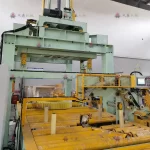Internal Decision Guide: Key Considerations for Choosing a Horizontal Wrapping Machine
- Internal Decision Guide: Key Considerations for Choosing a Horizontal Wrapping Machine
- 1. Understanding the Role of a Horizontal Wrapping Machine
- 2. Assessing Your Packaging Needs
- 3. Key Features to Evaluate in Horizontal Wrapping Machines
- 4. Evaluating Operational Efficiency and Total Cost of Ownership
- 5. Automation vs. Semi-Automation: Which is Best for Your Business?
- 6. Sustainability and Environmental Impact
- 7. Supplier Selection and After-Sales Support
- 8. Conclusion
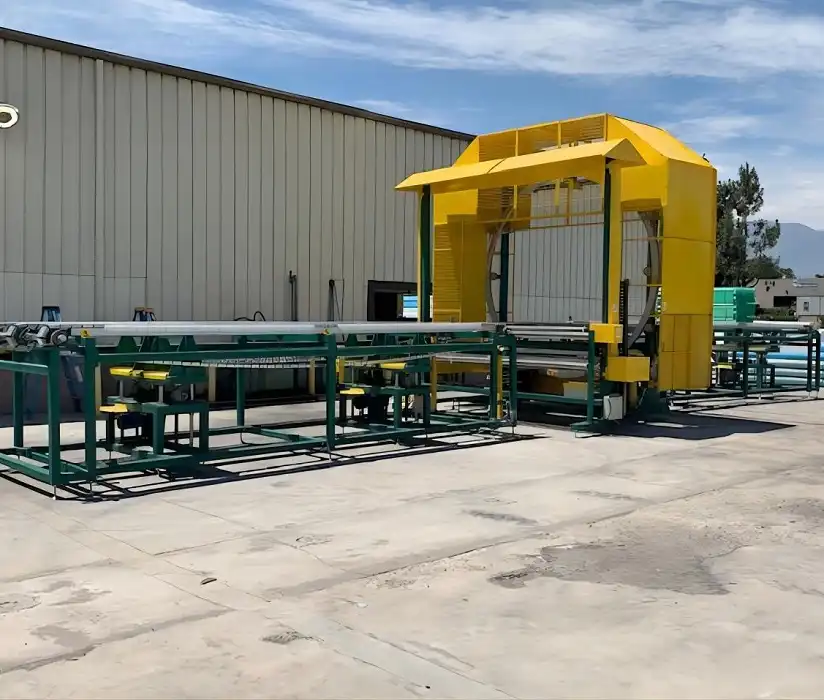
Choosing the right horizontal wrapping machine is a significant decision for any business looking to optimize its packaging process. Whether your operation involves packaging long, heavy products like pipes or delicate, irregularly shaped items like furniture or profiles, making the right choice can significantly impact your efficiency, costs, and product protection. This internal decision guide will help you navigate the key considerations when selecting the most suitable horizontal wrapping machine for your operation.
1. Understanding the Role of a Horizontal Wrapping Machine
A horizontal wrapping machine is designed to wrap products in a horizontal orientation, providing secure and protective packaging for items that are typically long or oddly shaped. This type of machine ensures that products are protected from dust, moisture, and handling damage, making it particularly useful for industries like manufacturing, logistics, and construction.
These machines differ from traditional pallet wrappers because they are tailored for products that don’t fit easily on pallets, such as pipes, beams, or large doors. Selecting the right model involves more than just finding a machine that fits your budget; it requires a thorough understanding of your operational needs and long-term goals.
2. Assessing Your Packaging Needs
Before diving into technical specifications, it’s crucial to start by assessing your specific packaging needs. Ask yourself the following questions to narrow down the most critical requirements:
2.1 What Are You Wrapping?
The size, shape, and material of the product being wrapped will dictate the size of the wrapping ring, film type, and tension control features required. Products like aluminum profiles, doors, or steel pipes often have different wrapping needs due to their dimensions and material sensitivity. Ensure the machine can accommodate the largest products in your range.
2.2 What Is Your Production Volume?
Your daily packaging output is another key consideration. A business that wraps 200 products a day will have different needs compared to one that wraps thousands. Higher production volumes often necessitate fully automated machines that can keep up with the pace, while lower volumes may justify the cost of a semi-automatic model.
2.3 How Important is Customization?
If your business deals with a variety of product types, flexibility and customization become essential. Look for machines that offer adjustable settings, modular features, or customization options that allow you to switch between different product sizes and wrapping configurations.
3. Key Features to Evaluate in Horizontal Wrapping Machines
Once you have a clear understanding of your packaging needs, it’s time to evaluate the specific features that horizontal wrapping machines offer. Each feature plays a role in determining the overall performance, efficiency, and longevity of the machine.
3.1 Ring Size and Machine Dimensions
The ring size (wrapping diameter) of the machine determines the size of the products it can accommodate. Larger products require a machine with a bigger ring diameter, so it’s essential to choose a machine that can handle your largest items. Measure the maximum dimensions of your products to ensure compatibility.
3.2 Film Type and Stretch Capacity
Different wrapping materials provide varying levels of protection. Some machines support stretch film, while others may use shrink film or other plastic materials. Machines with pre-stretch capabilities help reduce material costs by stretching the film before application, making the process more efficient and minimizing waste.
3.3 Tension Control and Adjustability
The ability to control the tension of the wrapping material is critical for ensuring that your products are securely wrapped without damaging them. For fragile items, adjustable tension settings allow you to fine-tune the wrap, ensuring that the product is protected but not overly compressed.
3.4 Automation Level
Automation is a key driver of efficiency. Horizontal wrapping machines come in manual, semi-automatic, and fully automatic models. Fully automated machines require minimal operator involvement and are ideal for high-volume operations, while semi-automatic machines provide a balance between manual operation and automation for smaller or mid-sized operations.
3.5 Speed and Throughput
The speed of the wrapping machine will affect your packaging line’s overall throughput. If speed is a priority, look for machines that offer higher wrapping speeds and can handle large volumes quickly without compromising on the quality of the wrap.
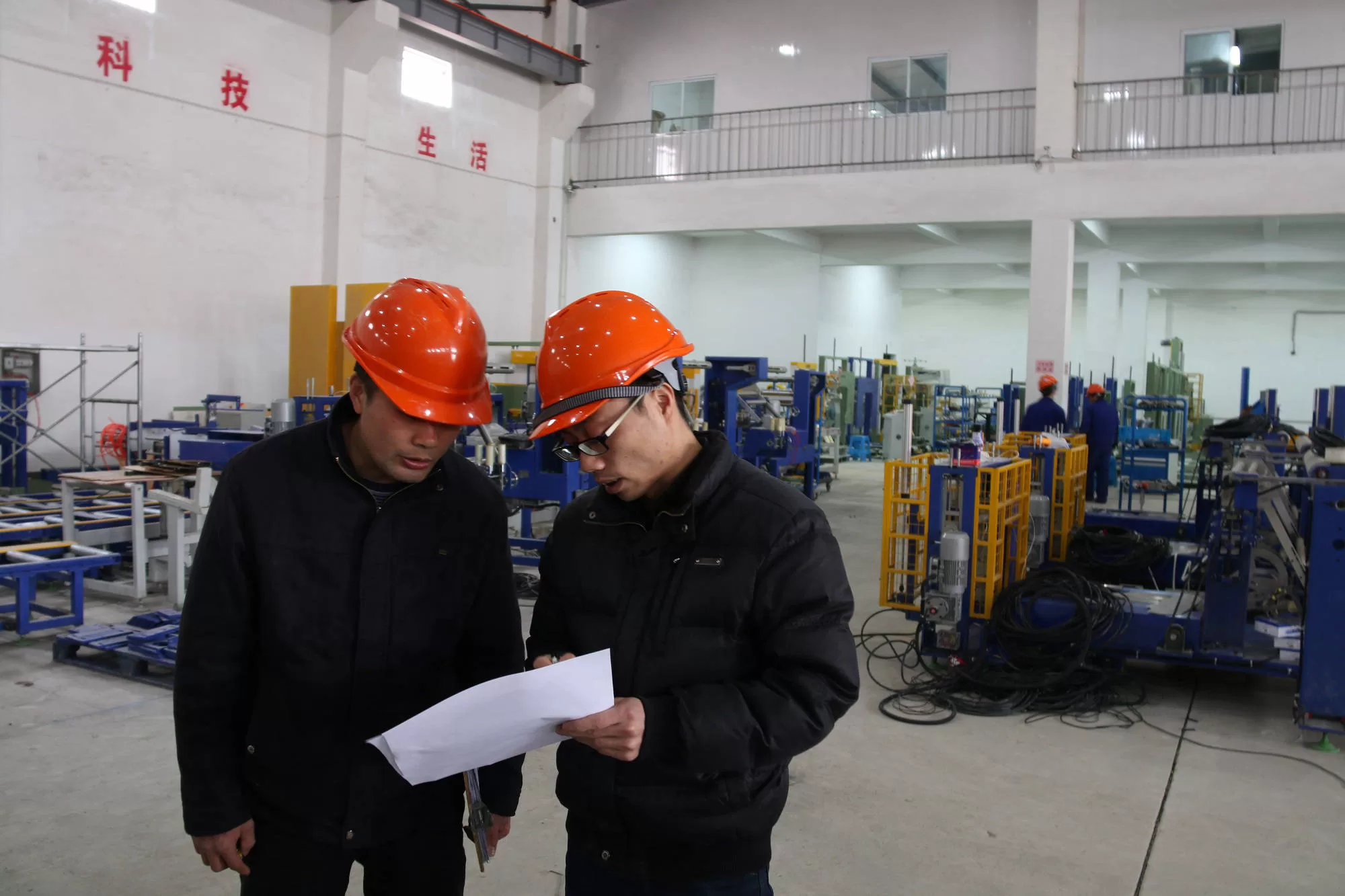
Get Your Best Solution !
4. Evaluating Operational Efficiency and Total Cost of Ownership
While the initial purchase price of a horizontal wrapping machine is an important factor, it’s equally important to consider the long-term operational costs and efficiency gains. Here are some key factors to evaluate:
4.1 Energy Efficiency
Many modern machines are designed with energy-saving features that help reduce power consumption. Over time, a more energy-efficient machine can lead to significant cost savings, particularly in large-scale operations.
4.2 Material Usage
Film usage directly impacts the operational cost of running a horizontal wrapping machine. Machines with pre-stretch or film optimization features can help reduce the amount of wrapping material required, leading to lower material costs and reduced environmental impact.
4.3 Maintenance and Downtime
Regular maintenance is crucial to ensure that your machine operates smoothly and avoids unexpected downtime. Look for machines that offer easy access to critical components and come with comprehensive maintenance plans or service contracts. Partnering with a supplier that offers OEM parts and reliable after-sales support will minimize the risk of costly breakdowns.
4.4 Total Cost of Ownership (TCO)
When evaluating machines, always calculate the total cost of ownership (TCO), which includes the purchase price, operational costs, maintenance, and expected machine lifespan. A machine with a higher upfront cost may offer better long-term savings if it is more efficient, durable, or requires less maintenance.
5. Automation vs. Semi-Automation: Which is Best for Your Business?
One of the key decisions you’ll need to make when selecting a horizontal wrapping machine is choosing between automation and semi-automation. Both options offer distinct benefits, but the right choice depends on your business’s specific needs.
5.1 Fully Automated Machines
Fully automated machines are ideal for high-volume operations where speed and efficiency are critical. These machines require minimal operator involvement and can run continuously with minimal downtime. They are particularly useful in industries with strict production timelines or those looking to minimize labor costs.
5.2 Semi-Automatic Machines
Semi-automatic machines offer a balance between automation and manual control. They still provide significant efficiency gains over manual wrapping but require some operator input, such as product loading or adjusting wrapping settings. Semi-automated systems are often more affordable and are suitable for businesses with lower production volumes or those that require more flexibility.
6. Sustainability and Environmental Impact
Sustainability is becoming an increasingly important factor in decision-making, and packaging processes are no exception. When selecting a horizontal wrapping machine, consider its environmental impact:
6.1 Eco-Friendly Wrapping Materials
Many modern wrapping machines are designed to work with eco-friendly films, such as biodegradable or recyclable materials. Using these materials helps reduce your company’s carbon footprint while maintaining the same level of product protection.
6.2 Energy Consumption
Machines with energy-saving technologies can reduce overall power consumption, helping your business lower its environmental impact while also cutting operational costs. Look for machines that offer energy-efficient modes or reduced power usage during idle periods.
7. Supplier Selection and After-Sales Support
Choosing the right supplier is just as important as selecting the right machine. The best suppliers offer more than just equipment—they provide long-term support, maintenance services, and access to spare parts. Here’s what to look for in a supplier:
7.1 Reputation and Reliability
Look for suppliers with a solid reputation in the packaging industry and positive customer reviews. A reliable supplier will provide comprehensive support, from installation to ongoing maintenance.
7.2 Service Contracts
Ensure that the supplier offers service contracts that cover regular maintenance, technical support, and access to replacement parts. A comprehensive service contract can prevent costly downtime and extend the lifespan of your equipment.
8. Conclusion
Selecting the right horizontal wrapping machine requires a careful evaluation of your packaging needs, production volume, and long-term operational goals. By considering key factors such as ring size, film type, tension control, and automation, you can make an informed decision that enhances your packaging efficiency while controlling costs.
Additionally, considering the total cost of ownership, energy efficiency, and sustainability features will help you choose a machine that not only meets your current needs but also aligns with your future business objectives. With the right supplier offering reliable support and after-sales services, your investment in a horizontal wrapping machine can deliver long-term value, improving both your packaging processes and overall operational performance.

Get Your Best Solution !



